Here is everything you should know about renovascular hypertension. Read in detail all the known causes, symptoms, and treatment of this medical condition.
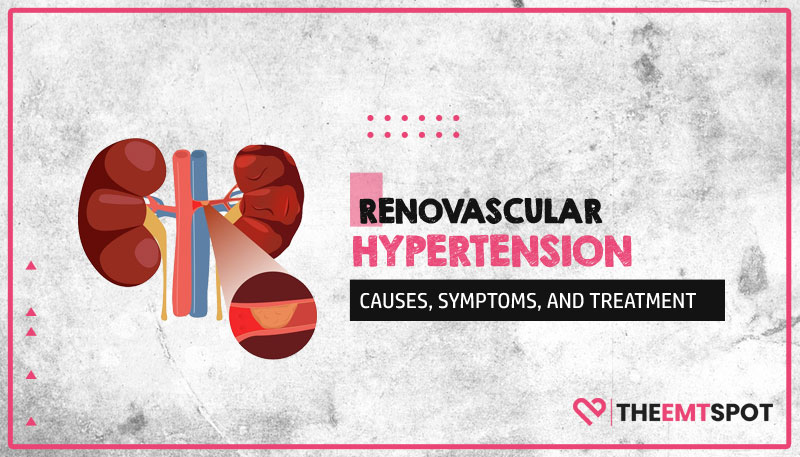
Quick Summary
- Renovascular hypertension is caused by issues with the blood vessels supplying the kidneys.
- Symptoms of renovascular hypertension may include headache, chest pain, difficulty breathing, and reduced urine output.
- Treatment options for renovascular hypertension are medications and balloon angioplasty to open the blocked arteries.
Renal arteries are a significant part of our circulatory system that carry large amounts of blood from the aorta to the kidneys. But when one or both renal arteries become narrow or blocked, it can have severe consequences on the body, including an increased risk of heart disease, stroke, and kidney damage.
Renovascular hypertension is treatable, and there are several options available to manage this condition. In severe cases, surgery may be required to improve blood flow to the kidneys.
In this article, we will discuss the various factors that can contribute to this condition, what signs and symptoms to look out for, and the various treatments available to manage it effectively.
Contents
What Is Renovascular Hypertension?
Renovascular hypertension or renal hypertension is high blood pressure caused by narrowing and blockage problems in the blood vessels that supply the kidneys.
Renal arteries are responsible for carrying blood to your kidneys in large amounts. Around 1/2 cup of blood passes via kidneys from the renal arteries every minute.
A kidney’s role in regulating blood pressure is to limit the amount of salt and water in our bodies. And when the renal arteries become narrow or blocked, it can disrupt the kidney’s ability to regulate blood pressure, resulting in hypertension.
What Are The Causes Of Renovascular Hypertension?
One of the most common causes of renovascular hypertension is a complete or partial blockage in the renal arteries. This is followed by the narrowing of those arteries. This condition is referred to as renal artery stenosis.
Atherosclerosis or hardening of the arteries leads to renal artery stenosis. This is a condition where cholesterol, plaque, and other fatty deposits build up on the arteries’ inner walls, narrowing and reducing blood flow.
Another significant cause of renal artery stenosis is fibromuscular dysplasia (FMD). While the main root of FMD is still unknown, researchers believe female hormones might play a significant role in the growth of this disease.
Additional causes of renovascular hypertension include:
- Radiation fibrosis
- Arteritides
- Arteries blocked by grafts
What Are The Early Symptoms Of Renovascular Hypertension?
Renovascular hypertension can cause a range of symptoms, some of which may be mild, while others can be severe. The common symptoms associated with renovascular hypertension are:
- Chest pain: Renovascular hypertension can cause chest pain because of decreased blood flow to the heart.
- Headache: Some people who already deal with migraine might have to experience headaches in renal hypertension
- Fatigue: When there is reduced blood flow to the kidneys, it can cause fatigue and weakness.
- Swelling in the legs and ankles: Swelling in the legs and ankles can occur due to reduced blood flow to the kidneys.
- Shortness of breath: Improper blood flow to the heart can cause shortness of breath, especially during physical activity.
When you experience any of these symptoms, it is essential to see a healthcare provider for a proper diagnosis and to prevent complications.
What Are The Different Ways To Treat Renovascular Hypertension?
The type of treatment you need to take depends on the underlying cause of renovascular hypertension, the severity of the condition, and the patient’s overall health status.
The goal of treatment is to improve blood flow to the kidneys and control high blood pressure, to reduce the risk of kidney damage and cardiovascular disease.
Lifestyle changes
Minor lifestyle changes like maintaining a healthy diet, losing weight, quitting smoking, reducing salt intake, and exercising regularly can help control blood pressure and improve overall health. These are the best ways to lower blood pressure without medications.
Take medicines
It is essential to take medications to treat renovascular hypertension. In this case, two major types of blood pressure medication might help slow the spread of kidney disease, as per NIDDK.
These medications are angiotensin receptor blockers (ARBs) and angiotensin-converting enzyme (ACE) inhibitors. Apart from these, a doctor can also recommend aspirin and cholesterol-lowering drugs.
Use natural supplements
Incorporating certain natural blood pressure supplements into a healthy lifestyle and prescribed medications may have additional benefits for overall health and blood pressure control.
Natural supplements are much safer than other pharmaceutical medications. Allow your renovascular hypertension to heal using these supplements.
Go for surgical procedures
Surgical treatment aims to improve blood flow to the kidneys and lower blood pressure. When a person goes for surgical procedures, surgeons remove the blocks in the kidney arteries.
Balloon angioplasty is one surgery done inside the blood vessel with a tiny balloon at the end of a small, flexible tube called a catheter. Another one is surgical revascularization. This is done when balloon angioplasty and medicines don’t help.
The Bottom Line
Renovascular hypertension is a type of high blood pressure resulting from blocked or narrowed renal arteries. It can lead to kidney damage and increase the risk of cardiovascular disease.
There are several treatment options for renovascular hypertension. Some options include natural supplements usage, medical therapy, angioplasty and stenting, lifestyle changes, and more.
It is crucial to seek the advice of a healthcare provider to determine the most appropriate treatment plan and to regularly monitor blood pressure and kidney function to ensure effective management of renovascular hypertension.

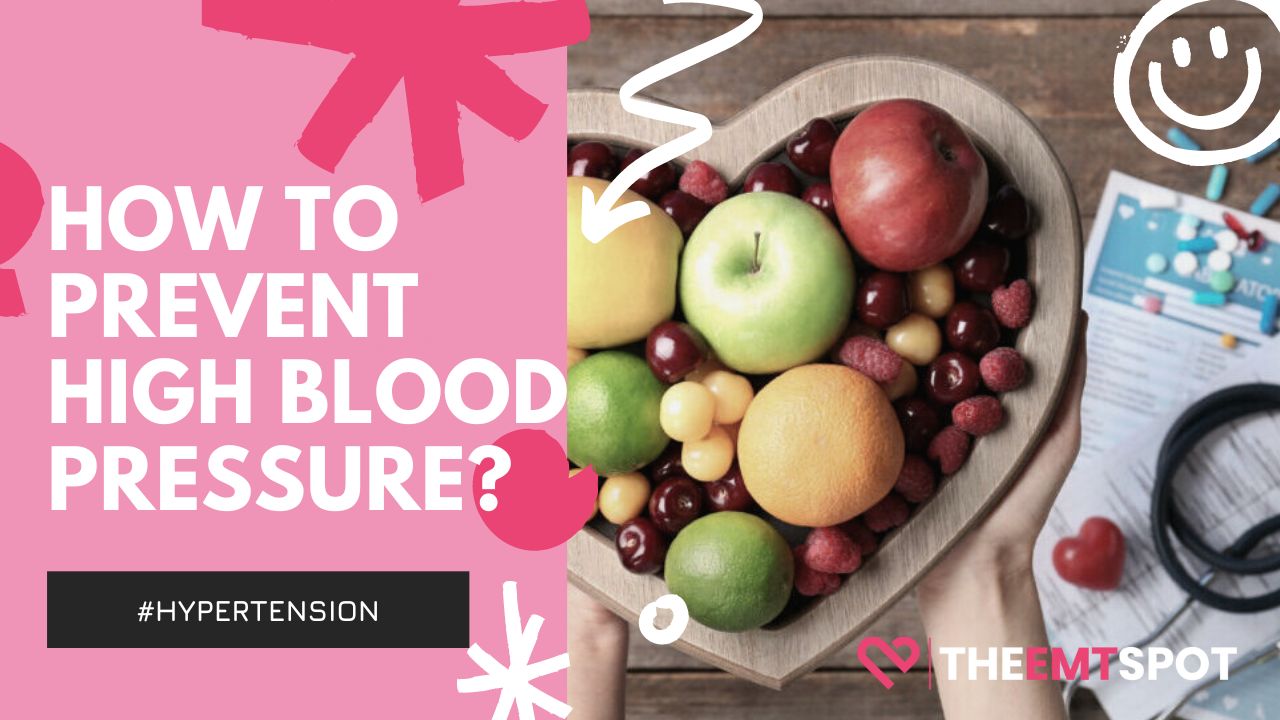
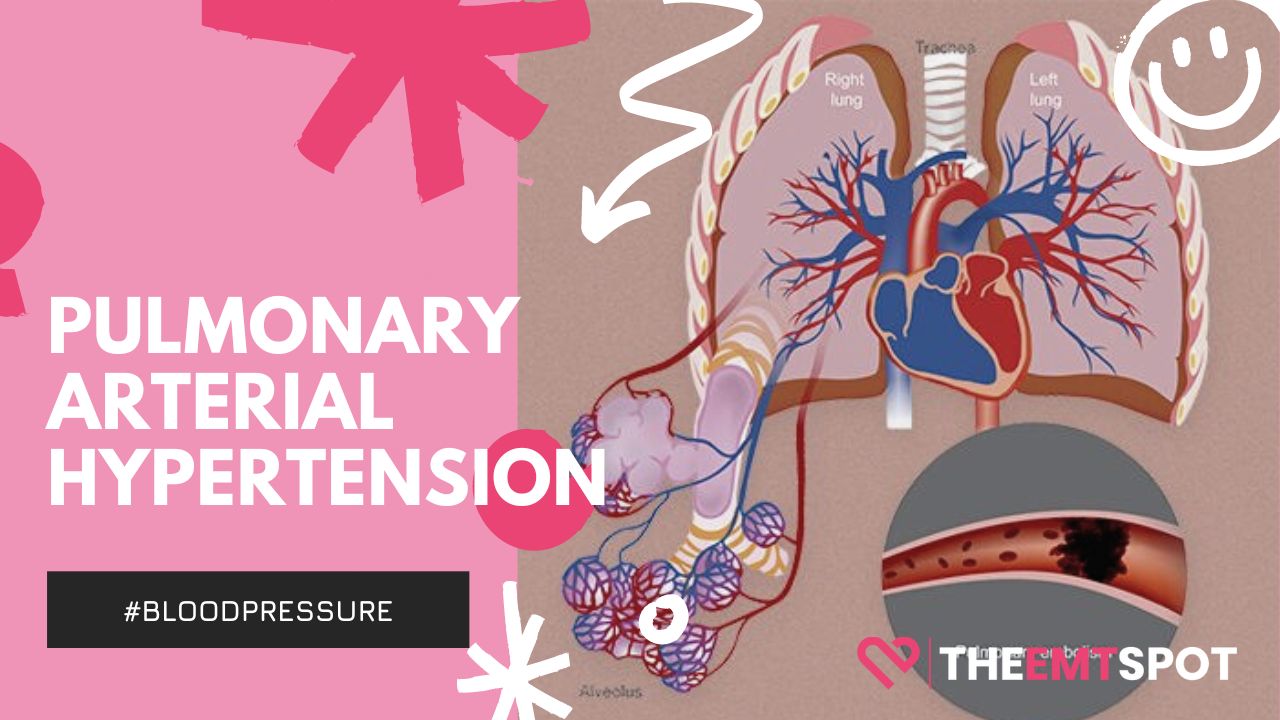
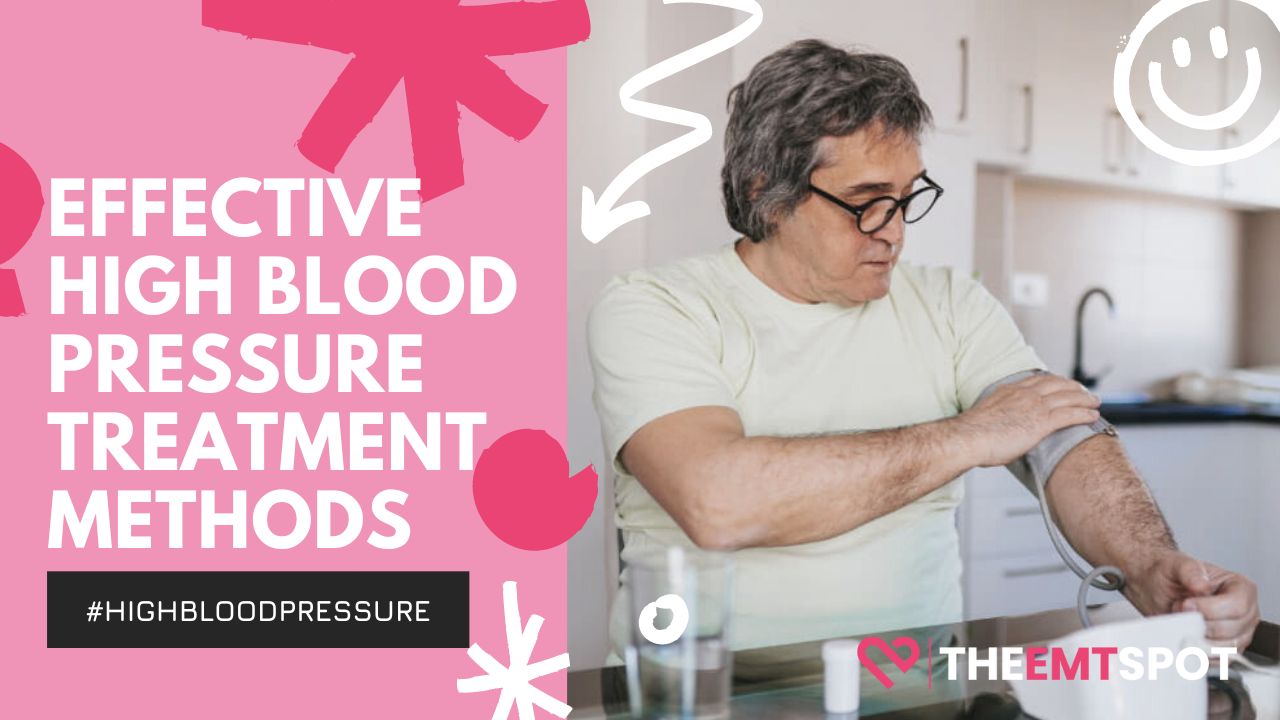
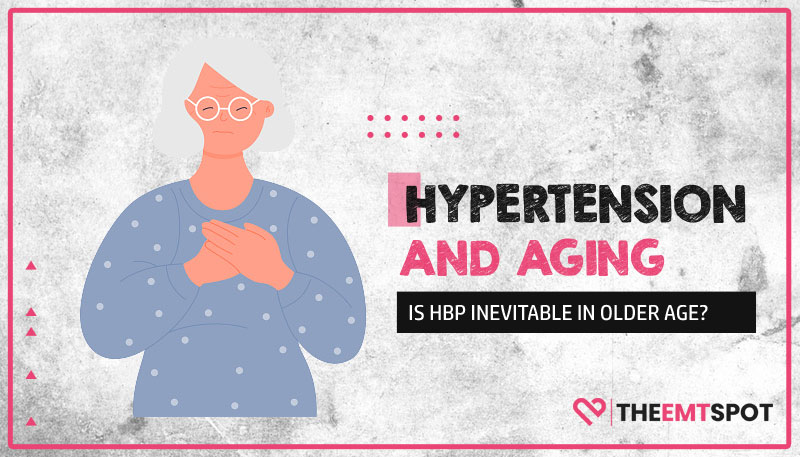
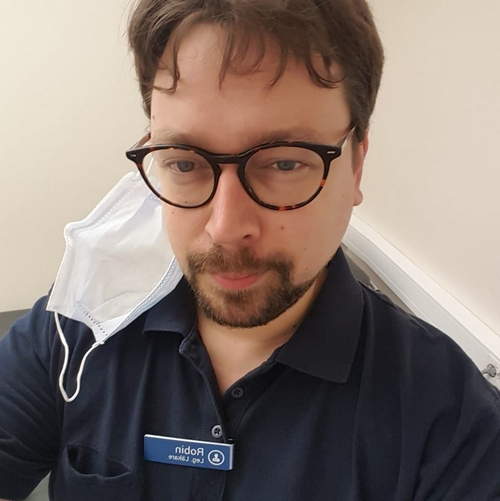 Robin Backlund is a dedicated journalist and a medical student who has written several articles and essays exposing the falseness and hollowness of online resources in the medical science niche.
Robin Backlund is a dedicated journalist and a medical student who has written several articles and essays exposing the falseness and hollowness of online resources in the medical science niche.